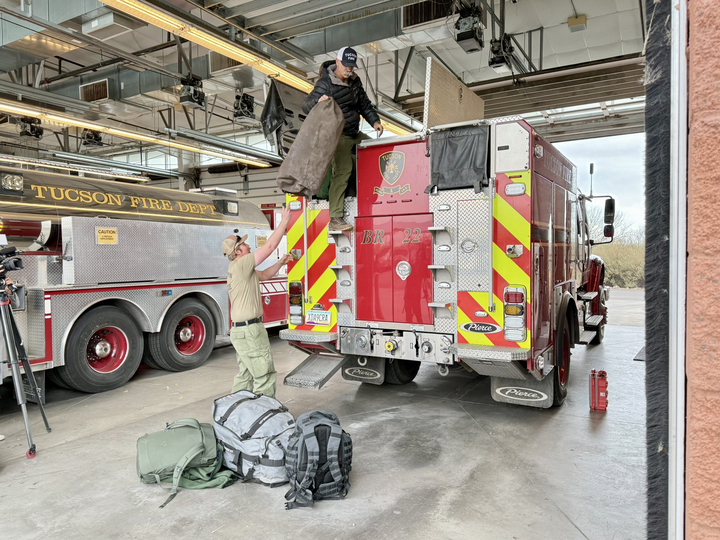The Eller College of Management will be working with Pima Alliance for Animal Welfare and supporting organizations in conducting a study on the number of stray pets in Tucson.
The Petfinder Foundation awarded PAAW a $1,250 grant for the study. The study aims to find ways to reduce the number of animals entering shelters.
Supporting organizations include Pima Animal Care Center and the Humane Society of Southern Arizona.
The study will use existing data from different organizations while collecting new data as well. PAAW expects to have complete results on Dec. 3.
“It’s a great experience for students in Eller,” said Cynthia Gilliland, professor of practice in the Eller College department of management and organizations, “because through a non-profit consulting class, they can develop real world consulting skills that will apply in the for-profit world and the nonprofit world while at the same [time] making a positive difference today in Tucson.”
Maya Shovestull, a marketing senior, said she was excited to hear about Eller College’s involvement with the study.
“I think that Eller has been really present in trying to improve the Tucson community,” Shovestull said. “I think a lot of the time we get really hung up on human problems, but I think animal homelessness is definitely an issue of the community.”
Students who aren’t working on the study can still find ways to help with stray animals in Tucson, according to Gilliland, student volunteers are always sought after and welcomed at the HSSAZ and at PACC.
The study will be conducted by looking at national data available from animal welfare groups that are affiliated with PAAW, Gilliland said.
“We’re hoping it will show areas in our community that need the most help in regards to homeless pets,” said Karen Hollish, program marketing manager for the Petfinder Foundation. “The study is supposed to give the alliance baseline data about where homeless pets are coming from and what zip codes or neighborhoods would really benefit the most from targeted spay and neuter programs and initiatives.”
Spaying and neutering is the first step to reducing the number of animals local shelters see, according to Brandy Burke, animal services director at the HSSAZ.
“Spay and neuter is crucial to not have people that are breeding dogs in their backyard and unwanted litters that end up at one of our facilities,” Burke said.
The HSSAZ does around 12,000 to 15,000 spay and neuter procedures a year, according to Burke. Along with helping to reduce the number of unwanted animals being born, spaying and neutering also benefits their health in the long run, Burke said.
“It’s simply healthier for the animals when they’re spayed and neutered,” Burke said. “I think dogs and cats that are spayed and neutered earlier in life and have people take them in as house pets tend to not have as many problems with them as they grow up.”
The HSSAZ takes between 8,500 to 10,000 animals a year in just owner release and stray animals, Burke said, adding that PACC takes in close to 35,000 animals a year.
Most of these animals that enter shelters don’t make it out alive. The county’s number for animals that get euthanized per year is in the neighborhood of 55 percent, according to Burke.
“When you look at the figures and you see how many animals aren’t making it out of the shelters alive, it’s really sad,” Hollish said. “Most people have had their lives touched in one way or another positively by a pet. My wish is the community would think about all the pets in shelters that don’t survive and try to come up with solutions, and ways to help them.”
-Follow Shannon Higgins @_ShannonH_









